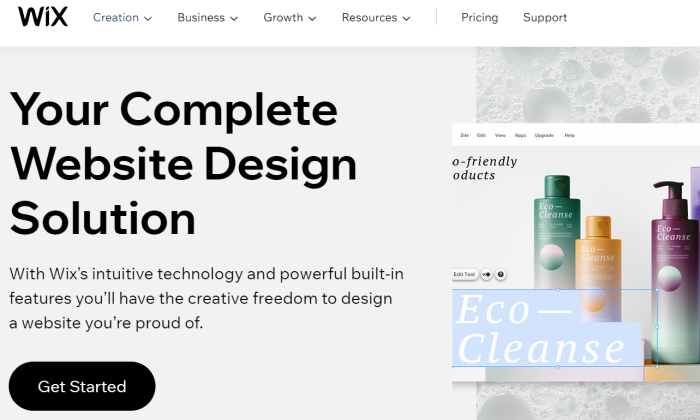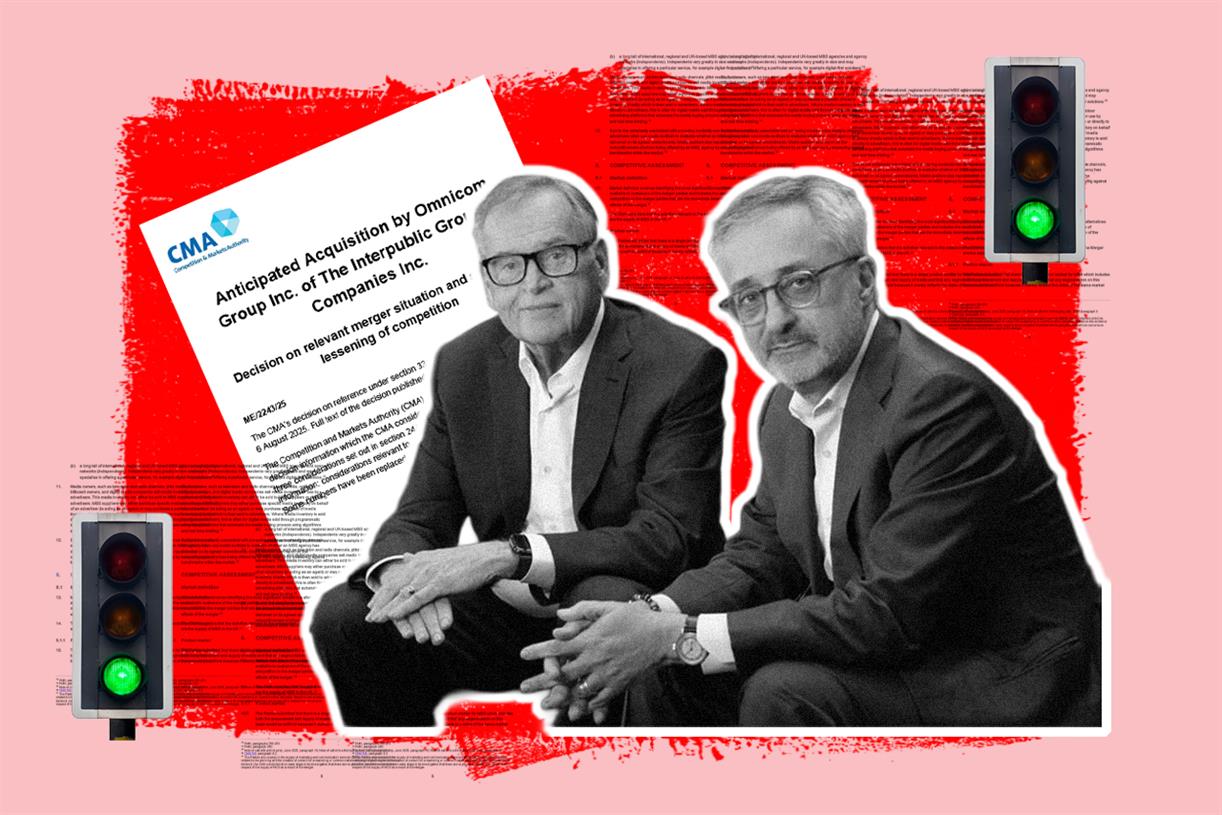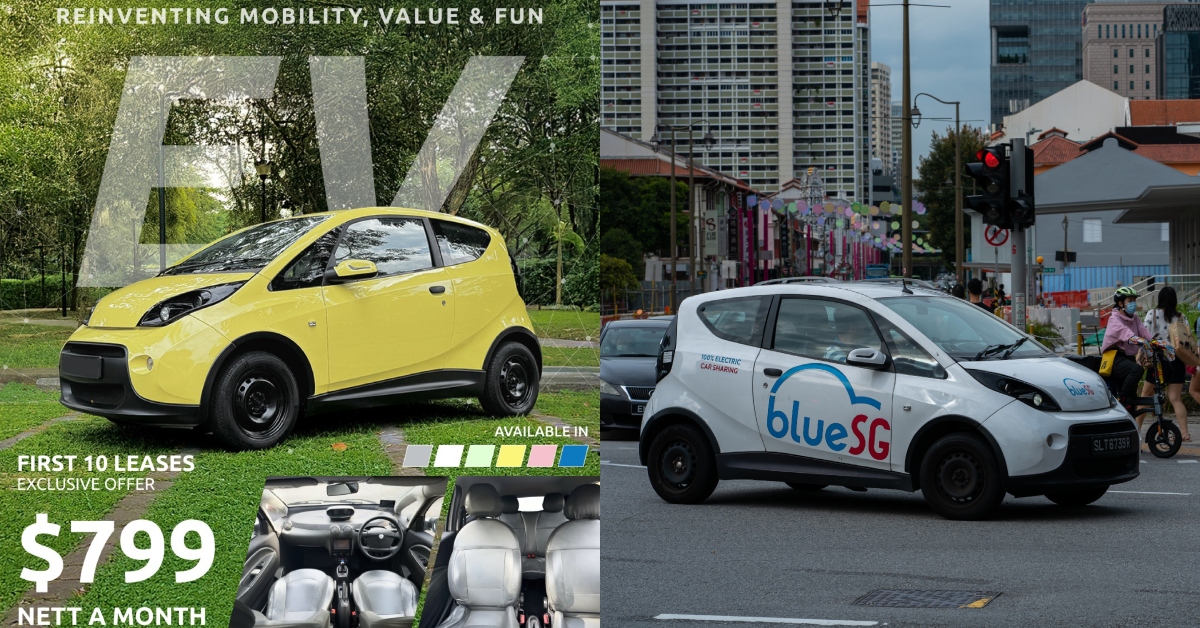Product-Led Content: What It Is, Why Use It, and How to Get Started
The ReferralCandy blog was popular. We were publishing tons of content and getting significant traffic. But none of our content mentioned the product or any of the product’s features. Looking back, I think it was possible—at least in my...
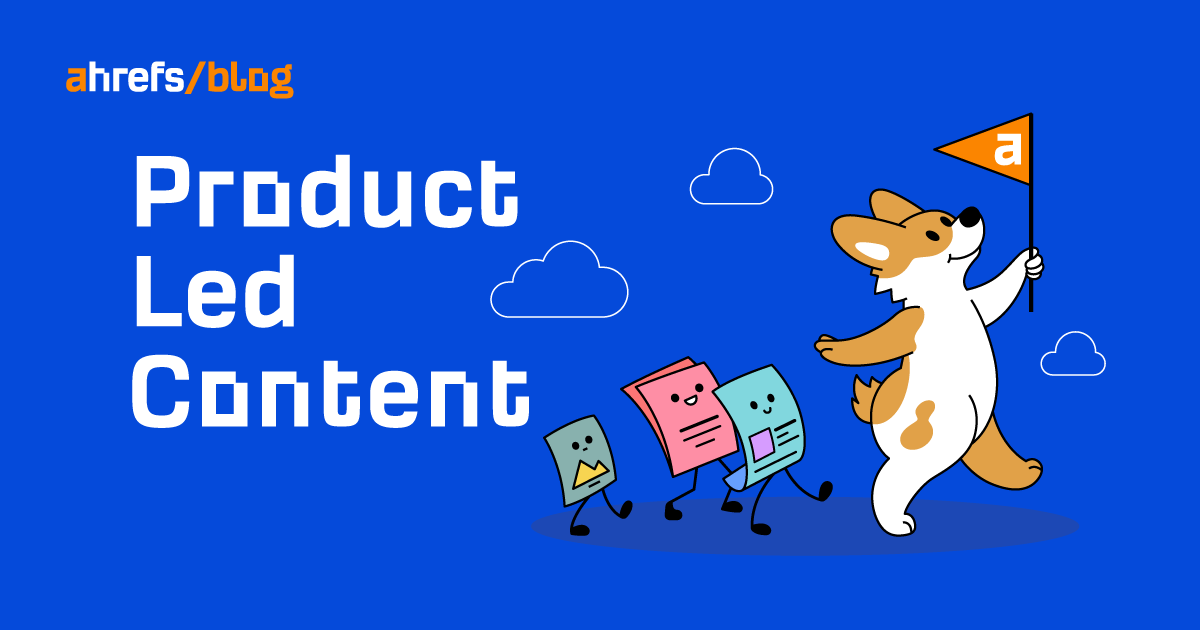
A few years ago, I worked at ReferralCandy, a referral program SaaS company. The ReferralCandy blog was popular. We were publishing tons of content and getting significant traffic. But none of our content mentioned the product or any of the product’s features. Looking back, I think it was possible—at least in my opinion—to consume every article on the blog and yet still have no idea what ReferralCandy did. Don’t get me wrong. This is not an indictment of my previous workplace’s content marketing strategy. In fact, if you consider the timeframe, it wasn’t even “wrong.” Back then, the prevailing sentiment was that content wasn’t supposed to “sell,” only educate. Many companies were doing the same thing—creating content, generating tons of traffic, yet failing to promote their products or features. But this all changed after I watched Tim’s Blogging for Business course. I discovered product-led content. Product-led content is content that helps the reader solve their problems using your product. This is not a hard sell. It’s not an aggressive pitch either—we’re not pulling people to the back of the room to buy the products like a personal development seminar. Instead, it’s done naturally by strategically weaving your product and its use cases into the narrative of your content. Here’s an example of how this works. We recently published a list of ways to get backlinks. Under each tactic, we explain how you can find different link opportunities and prospects you can pitch. But to do that, you need a tool like Ahrefs. So, as we explain each step, we also show the reader how to use our tool to execute it. And this is how we naturally insert our product into the problem-solving narrative. Not every piece of content you create around your product is product-led content. Some content, like help articles, product-related announcements, and landing pages, has other purposes like directly promoting your product. This is not product-led content. Below are two reasons why product-led content is important. A big issue for potential customers is that they usually have no idea how your product works or how it helps solve their problems. This is especially true for software. This is compounded by the fact that many companies do not mention their product in their content. So, even as prospects are consuming content, they still end up in a state where they know nothing about what the company sells. They may often even have to watch a demo video to figure out how everything works. That’s all fine and dandy, but given that demo videos are usually generic, they may not understand if and how your product works to solve their particular set of problems. However, if you create product-led content and it ranks high on Google, customers actually seek out solutions to problems themselves and might start to see how your product solves their issues. This makes it easier for them to decide if they want to work with you. It also keeps your brand top of mind since they know everything about how your product works. Later on, when they decide to buy, familiarity with your product helps them convert to a paying customer. Even if customers have bought your product, they may not fully utilize it. Product-led content helps continue their education and ensures your customers use your product to its full potential—keeping your customers happy. Content marketing is ultimately a marketing channel. Its goal is to help you acquire more customers and retain them. So, while content marketing is about creating great content, you should also be mindful that it should help promote your product. Think about it: If your product can truly help someone out with their problems, you’re doing them a disservice by not letting them know. Furthermore, by not daring to pitch or mention your product in your content, you’re also signaling to your audience that your product is not good enough to solve their problem. Ready to get started with product-led content? Here’s how to create it. There’s no way around it: To create excellent product-led content, you have to know your product inside out. And this isn’t just for product marketers. All marketers should know their product well. You should know your product’s features, use cases, and how it solves your target audience’s problems. Put simply, you have to eat your own dog food. For example, many years back, the Shopify marketing team famously created multiple case studies on how they used their own e-commerce platform to set up a business and start selling products. (And they actually made money!) At Ahrefs, new marketing team members are expected to complete our academy courses (especially the Certification course). Plus, they don’t actually join the marketing team directly. They work in our customer support team for at least three months before “graduating” to the marketing team. Not only does this ensure that everyone on the team interacts with customers directly and understands their pain points, but it also turns all of us into Ahrefs experts. The content you create will not get readers right away. It has to be promoted. And while there are many ways to promote your content, SEO is the channel we focus on. For as long as your content ranks high on Google, you’ll be able to get traffic continuously over the long term. How do you do this? To get traffic from Google, you have to target topics people search for. You also have to look for topics where your target audience wants solutions to problems, i.e., looking to learn, not buy. (After all, if they’re looking to buy, then you’re no longer creating product-led content but simply a sales or landing page.) Here’s how to find these topics: Generally speaking, topics where people are looking to learn usually contain question modifiers such as why, how, what, etc. Let’s switch the tab to Questions to see these. Here, we see around ~195,000 topics that we could potentially target. Eyeball the list and pick out those that are relevant and have traffic potential (look at the TP column). There are also plenty of informational keywords that do not contain a question modifier. While the number of 195,000 keywords is plenty to target, you can look for more by eyeballing the entire report to see if there are potential topics without modifiers. For example, doing this shows us a few topics that we could potentially target, such as “SEO course” and “SEO checklist.” Neither contains any question words. Recommended reading: Keyword Research: The Beginner’s Guide by Ahrefs Creating product-led content is an art. You have to naturally weave your product use cases into your content through smart copywriting and yet not look like you’re “overselling.” The trick we use at Ahrefs is to focus only on topics that our product can solve. This way, we don’t look like we’re unnaturally shoehorning our product—we’re simply offering the best solution to that problem. How do we do this? We use a “business potential” score. By prioritizing topics that score a “2” or “3,” we make sure that mentions of our product are natural. Recommended viewing: How to Prioritize Your List of Content Ideas With a list of high business potential topics to target, it’s time to create product-led content that ranks on Google for those topics. The simplest way to get started is by following the steps in this video. Don’t forget that your goal here is to create product-led content. So, wherever possible—and as naturally as possible—include mentions of your product within the content. Show your readers—with screenshots, GIFs, and videos—how to execute particular steps with the help of your product. Teach them explicitly how to solve problems using your product. Targeting high business potential topics makes creating product-led content easier, but naturally weaving your product into the narrative depends on your copywriting skills. Remember not to oversell either. If your product isn’t a good fit for a particular point, don’t force it. You want to be confident about what you’re offering, but not to the point where you’re bordering on lying. Finally, ranking your content on the first page of Google will require you to acquire links. Learn how to do that in this beginner’s guide to link building or watch this video. Sidenote. If you have existing content already targeting high business value topics, update or rewrite them to include your product. Looking for successful examples of how companies have used product-led content? Here are three to be inspired by. Alex Birkett, the co-founder of content marketing agency Omniscient Digital, writes: Ahrefs is the king of Product-Led Content. Actually, you know that whole Product-Led Growth trend that is buzzy right now? Where a bunch of marketing-first SaaS companies changed nothing about their strategy or go-to-market and suddenly called themselves “Product-Led?” Well, Ahrefs truly is one of those rare creatures who I truly consider product-first, and not simply because they have employees who want to be thought leaders and ride an emerging wave. If you’re wondering how we used content marketing to grow our SaaS company to an eight-figure ARR one, then this very article is basically a start-to-finish guide on how we do product-led content. If we plug Zapier’s blog into Ahrefs’ Site Explorer and go to the Top pages report, we can see that the articles sending it the most traffic are “best [topic] apps”-style blog posts: Guess what? Zapier allows users to connect the different apps they use to automate workflow. So, if we click on one of these articles—for example, the one on best to-do list apps—we see that Zapier has featured many to-do apps that it integrates with. Not only that, it even shows the specific “zaps” you can connect using the app it mentioned: And this goes on for every other featured app on the list: This is a perfect example of how you can naturally mention your product in the content you’re creating. Is product-led content for SaaS companies only? I don’t think so. Sure, SaaS companies typically have tons of features and use cases, making them easier to promote in content about a wide variety of topics. But B2C e-commerce companies can do product-led content too. Take Beardbrand, for example. Beardbrand sells beard products like beard oil. And if we plug Beardbrand’s blog into Ahrefs’ Site Explorer and go to the Top pages report, we can see that its most-trafficked pages are beard-related (duh!): Clicking through to its article on the best beard styles, we see that it has naturally and creatively mentioned its products wherever possible. For example, one of the beard styles is the “scruffy beard.” Rather than simply explaining what it is and moving on to the next point, Beardbrand expertly mentions how you might need a conditioning product (aka theirs) to relieve the itch: The same goes for another beard style—the Verdi—where you might need a pair of beard trimming scissors (and Beardbrand mentions it has one too): It’s not a hard sell. It’s done gently and naturally. Beardbrand simply mentions that it has the perfect product for the beard style you want. Content marketing isn’t just for branding. It can be a customer acquisition channel too. Create product-led content that naturally promotes your product as the best-fit solution to the problems your customers are facing. Any questions or comments about product-led content? Let me know on Twitter.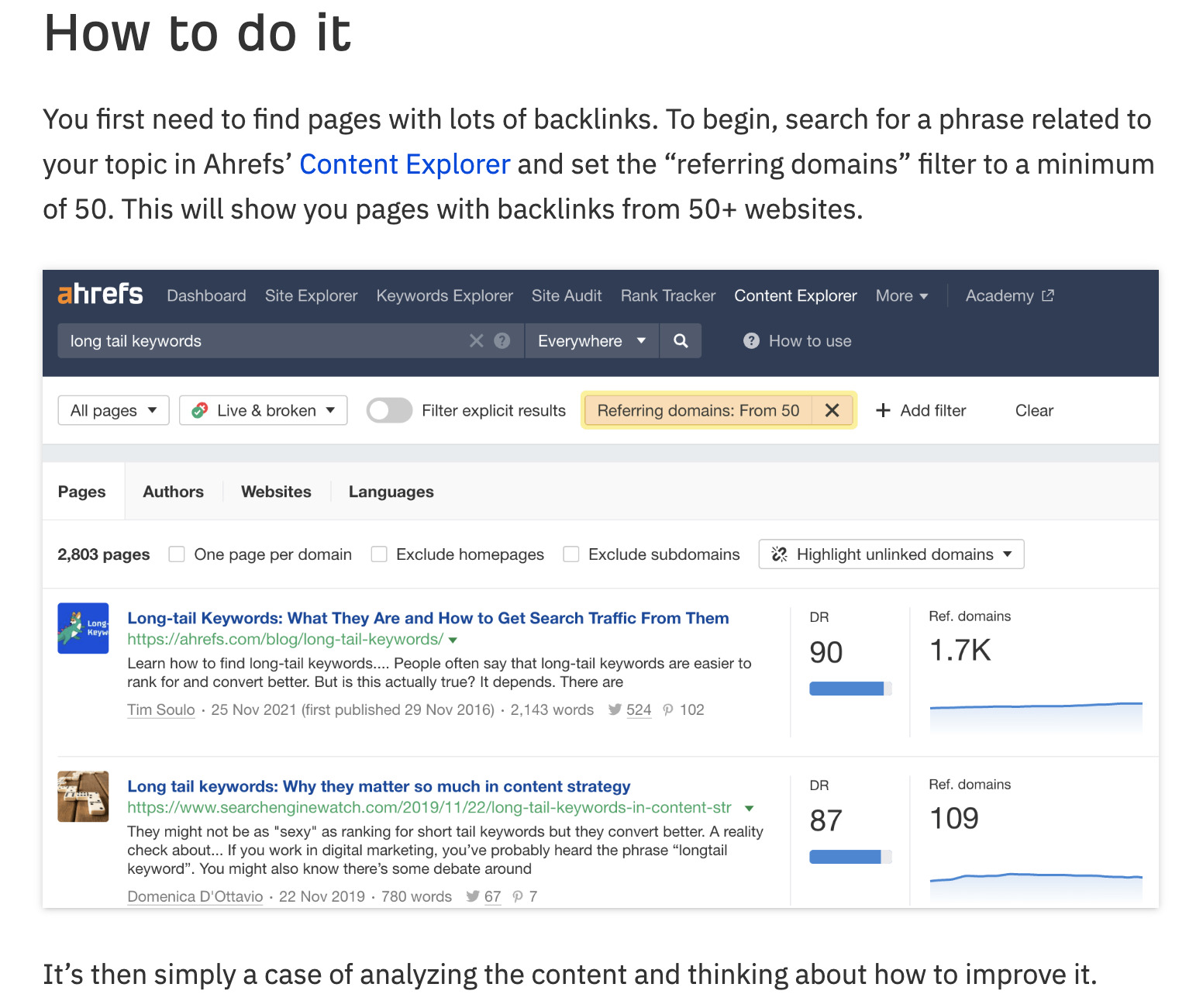
What is not product-led content?
1. Acquire new customers
2. Retain customers
1. Know your product really well

2. Find topics with search traffic potential
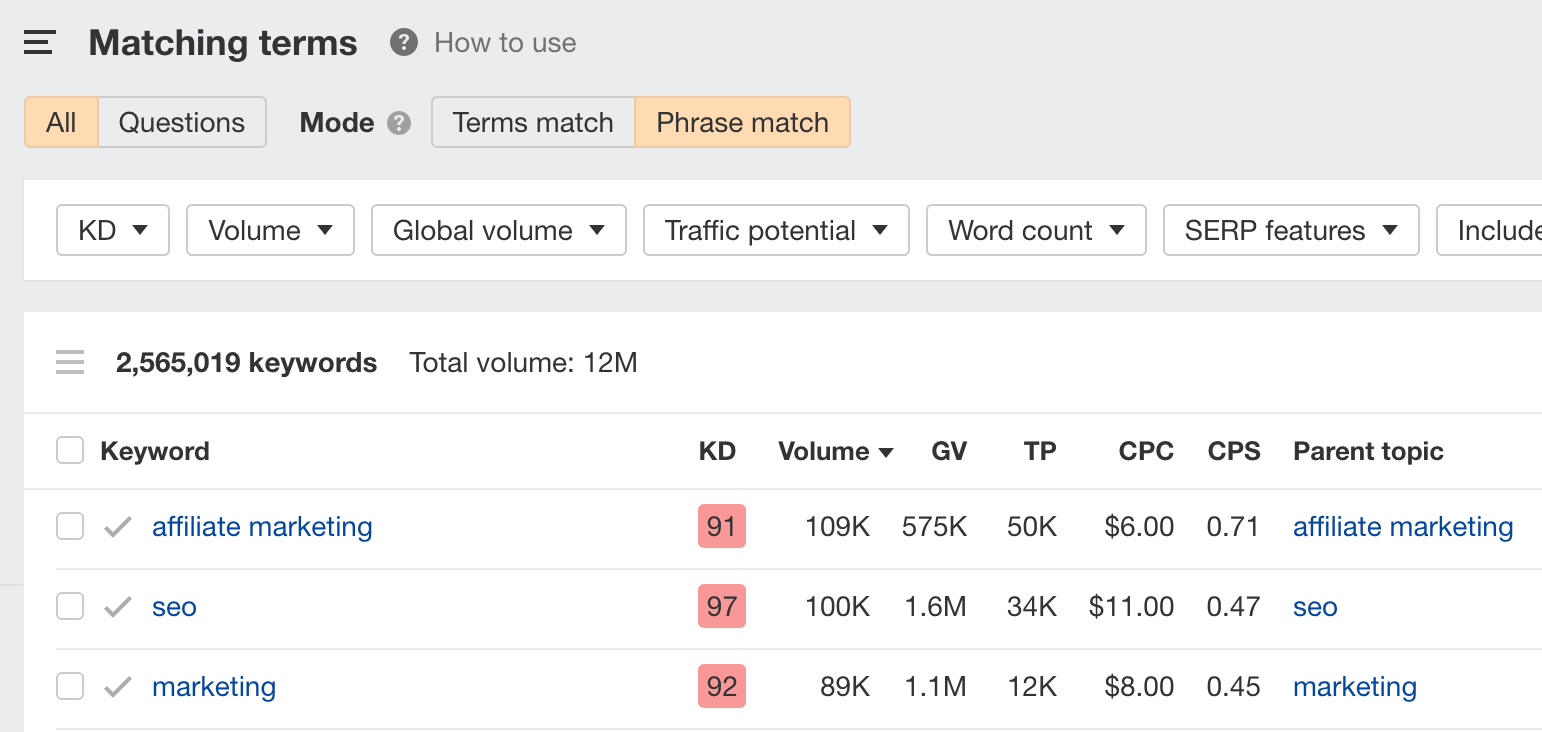
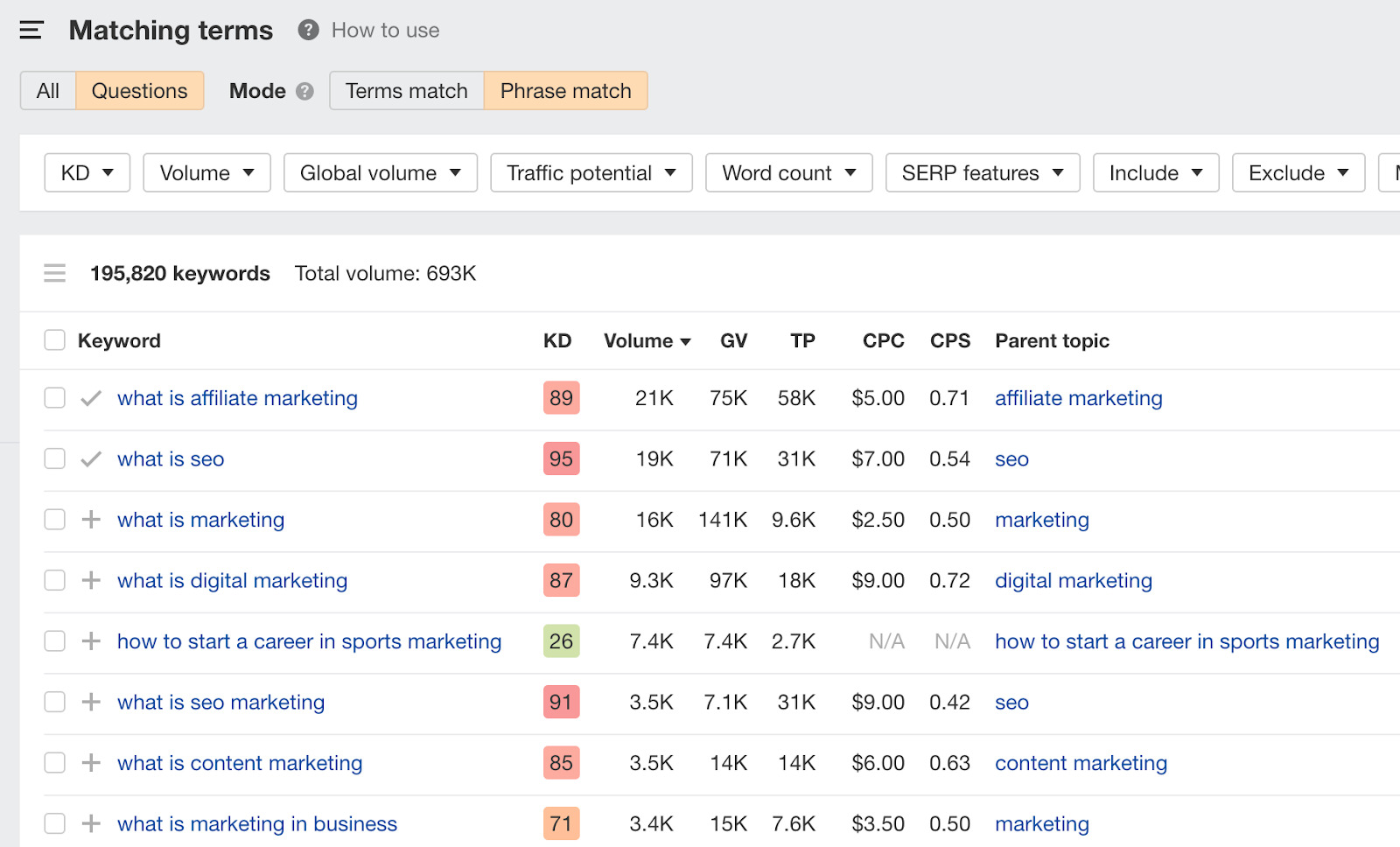
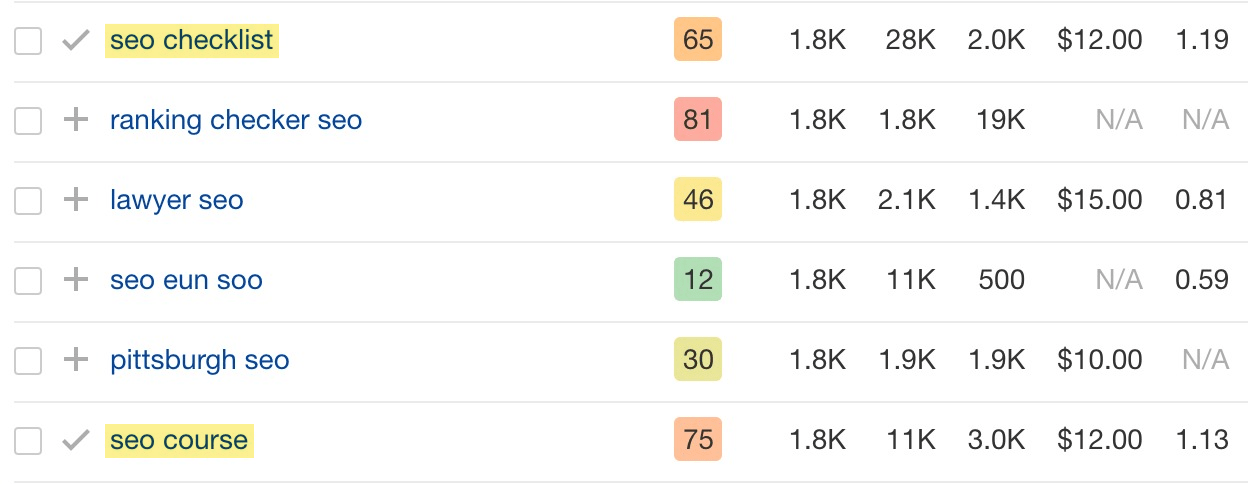
3. Prioritize them using “business potential”

4. Create product-led content that ranks
1. Ahrefs

2. Zapier
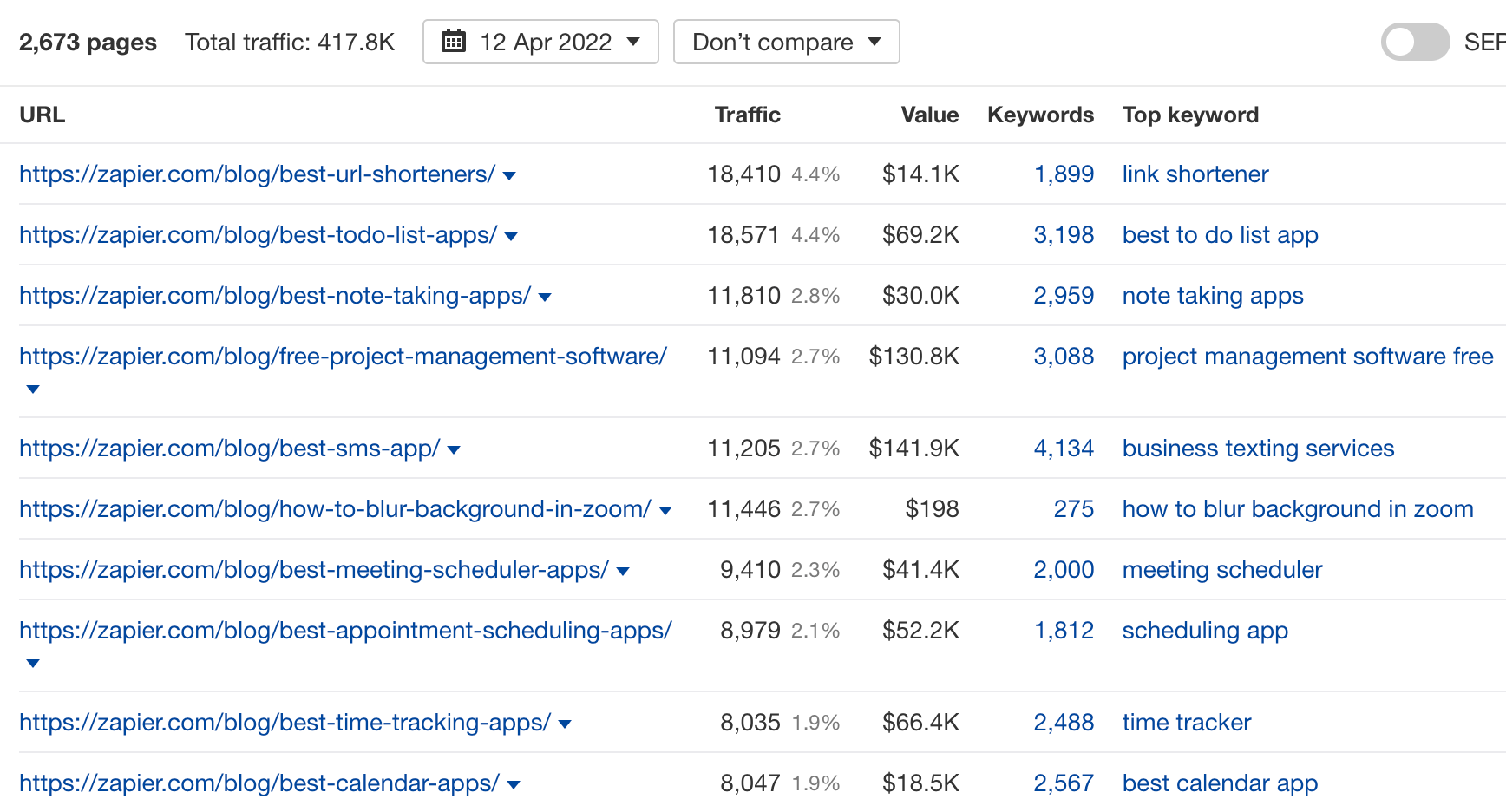
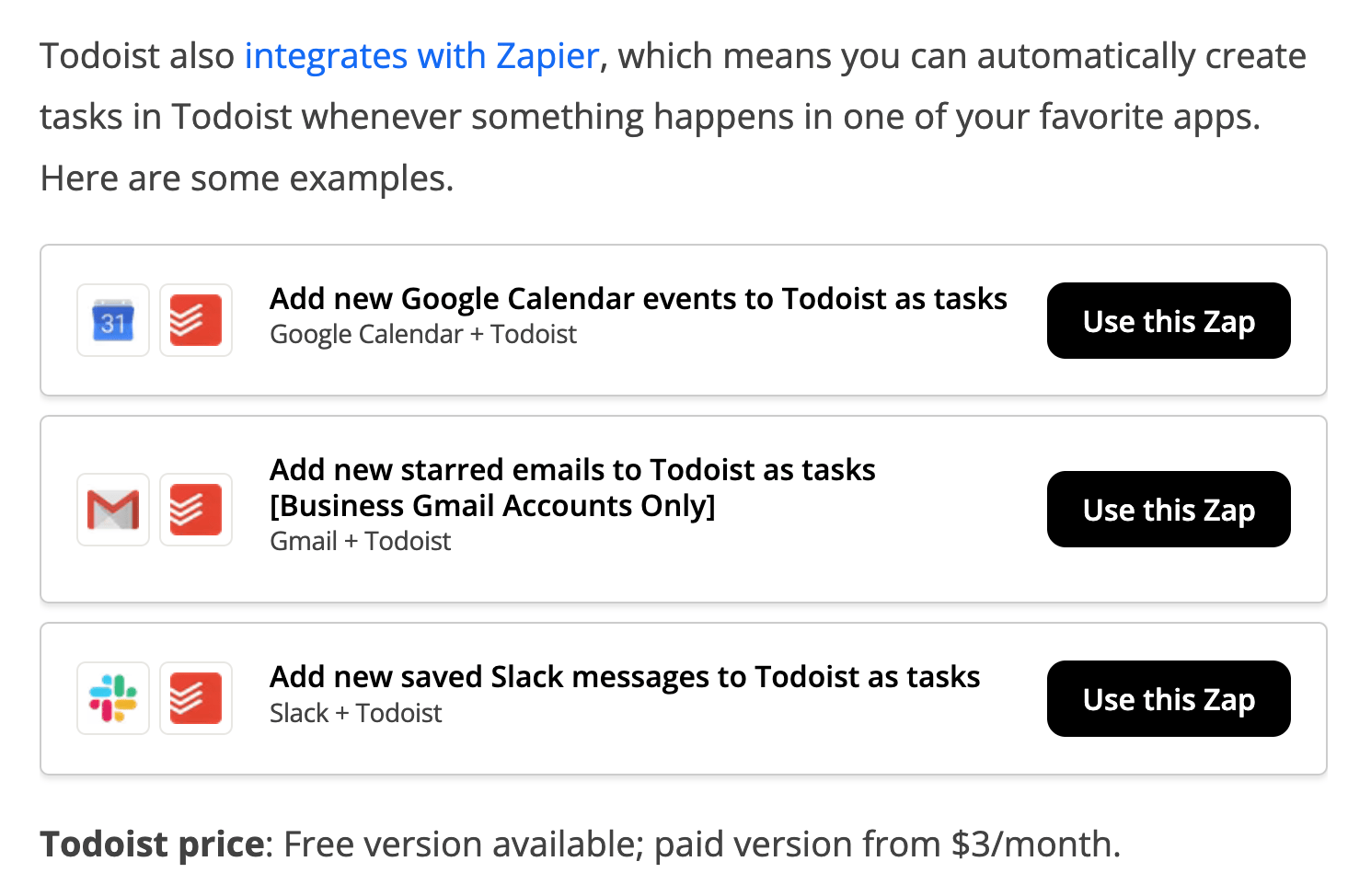

3. Beardbrand
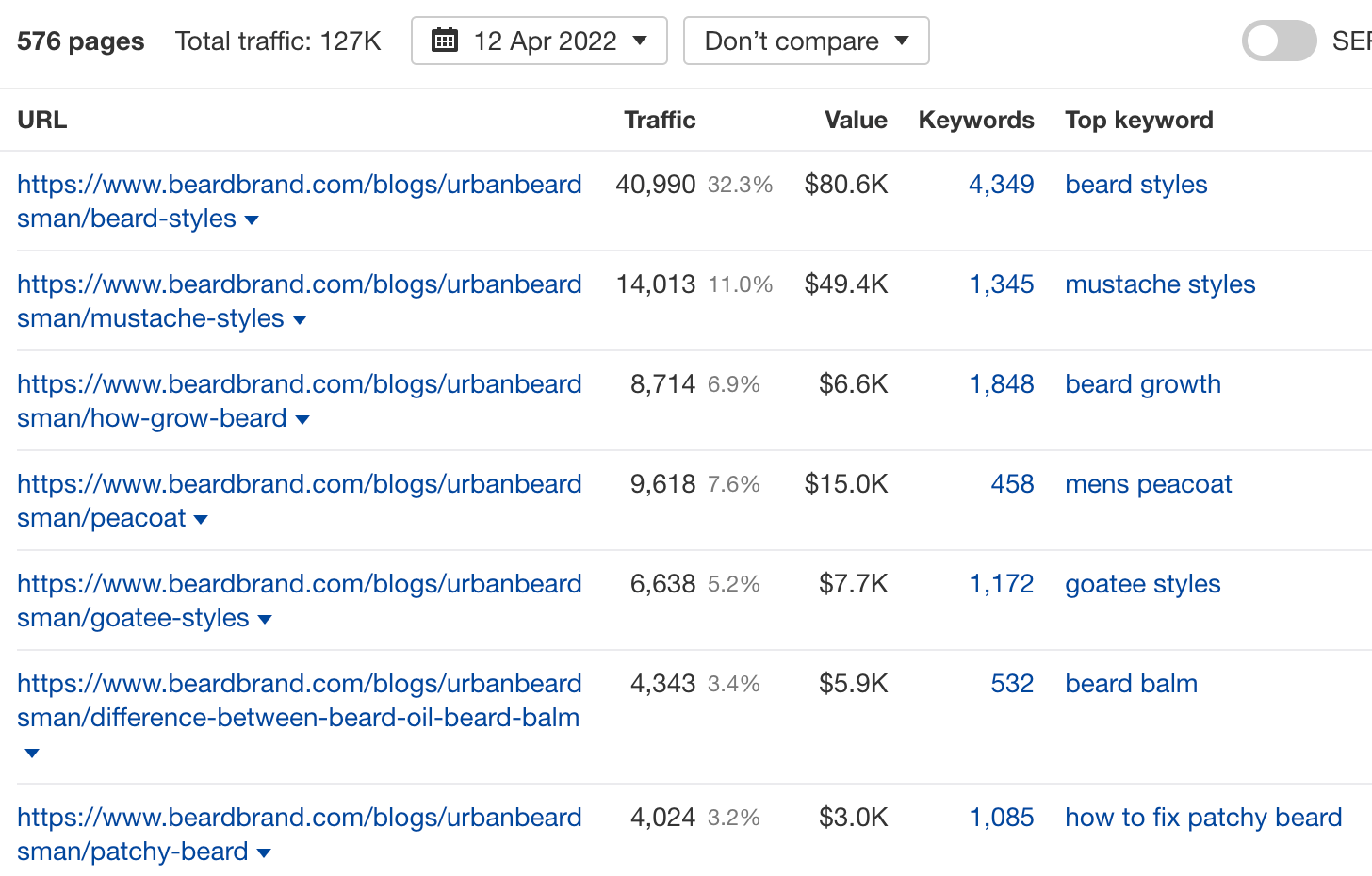


Final thoughts

 BigThink
BigThink 









